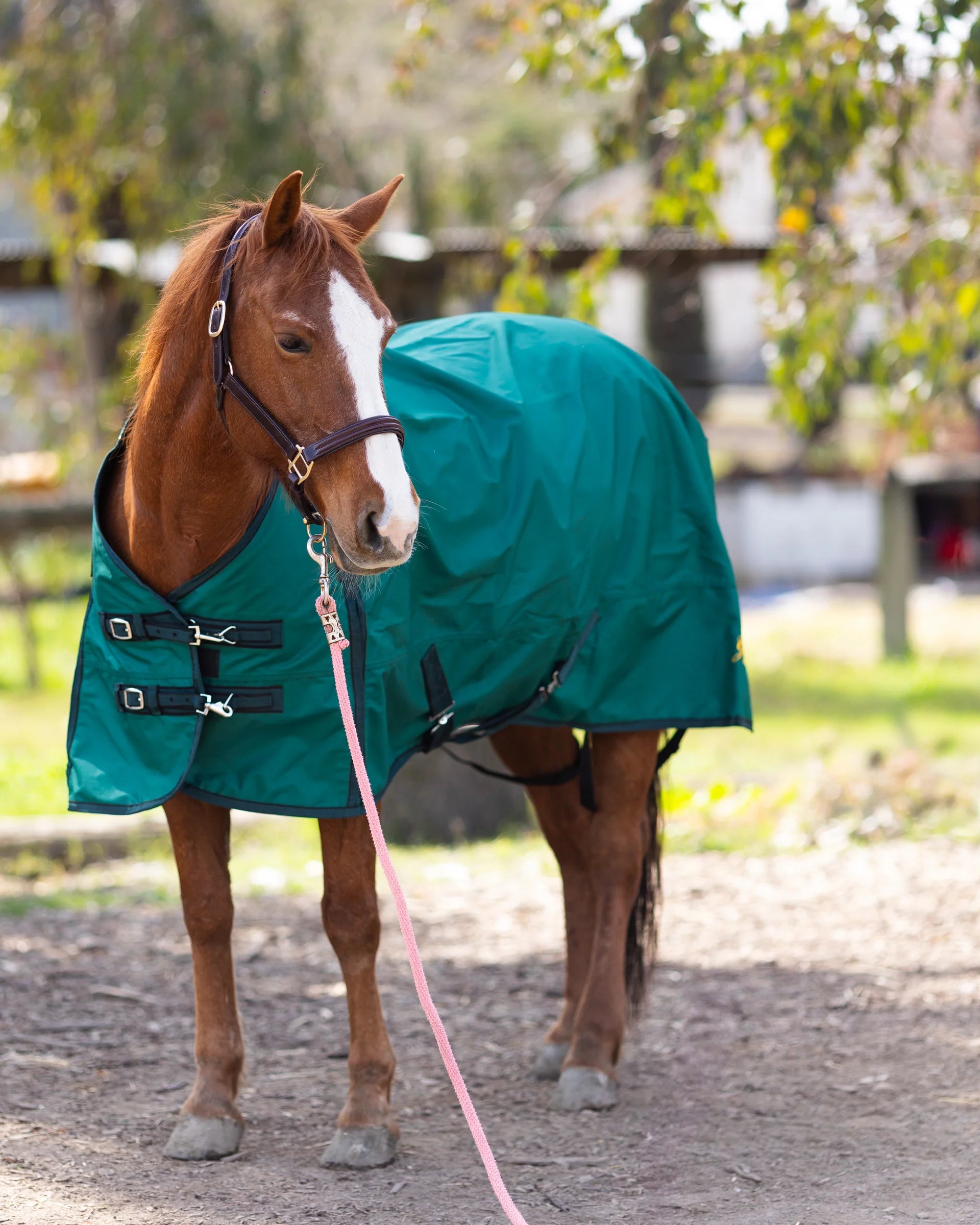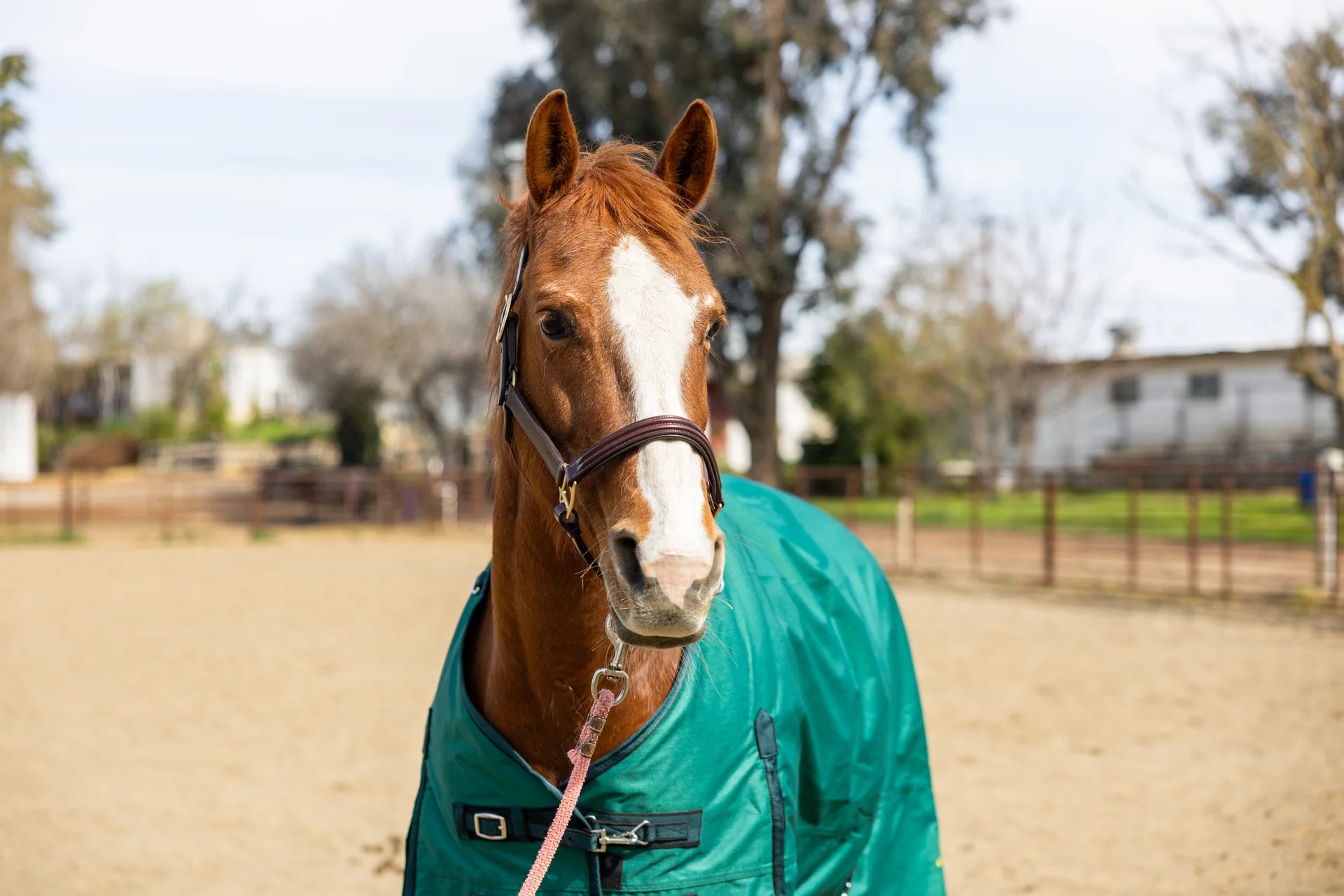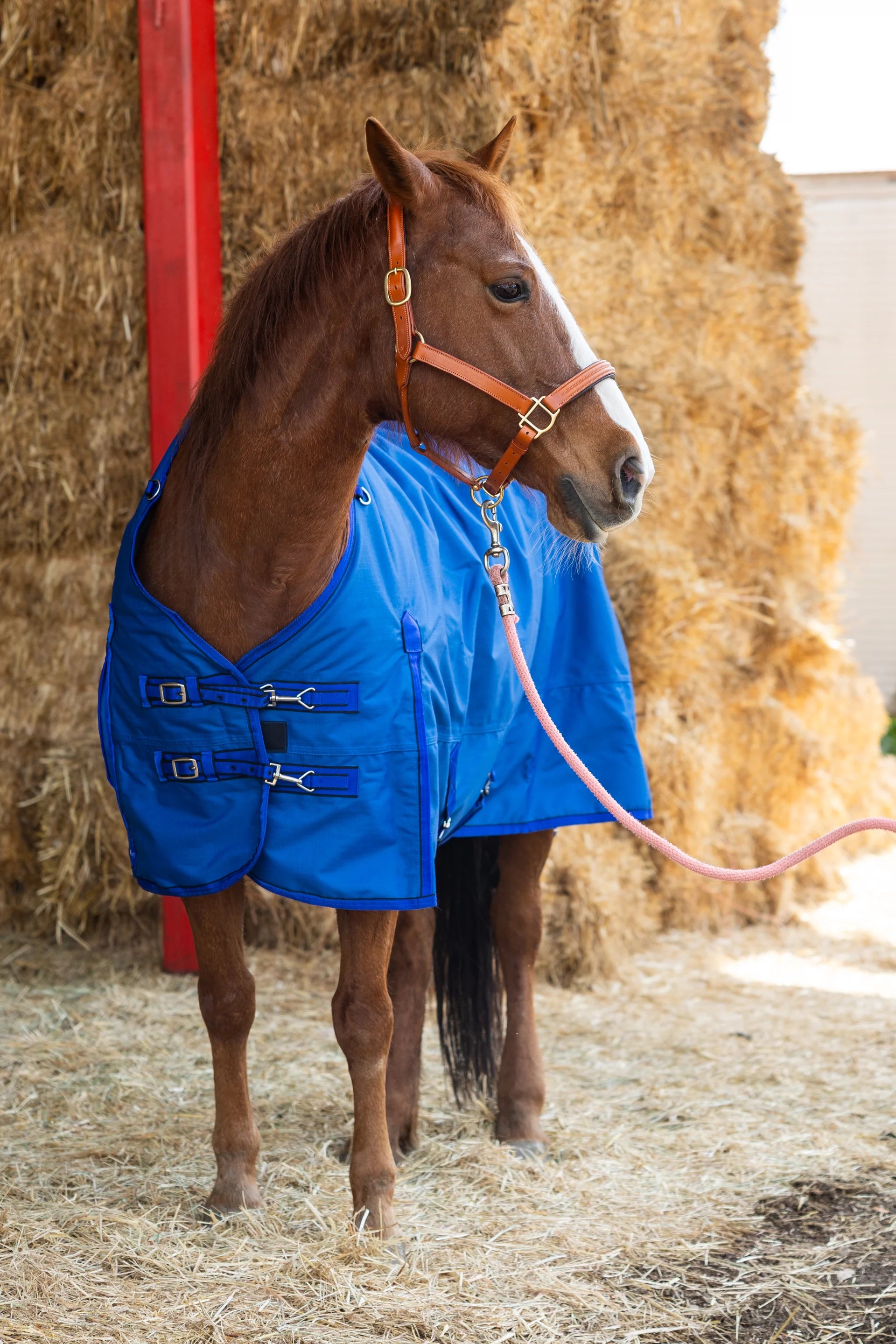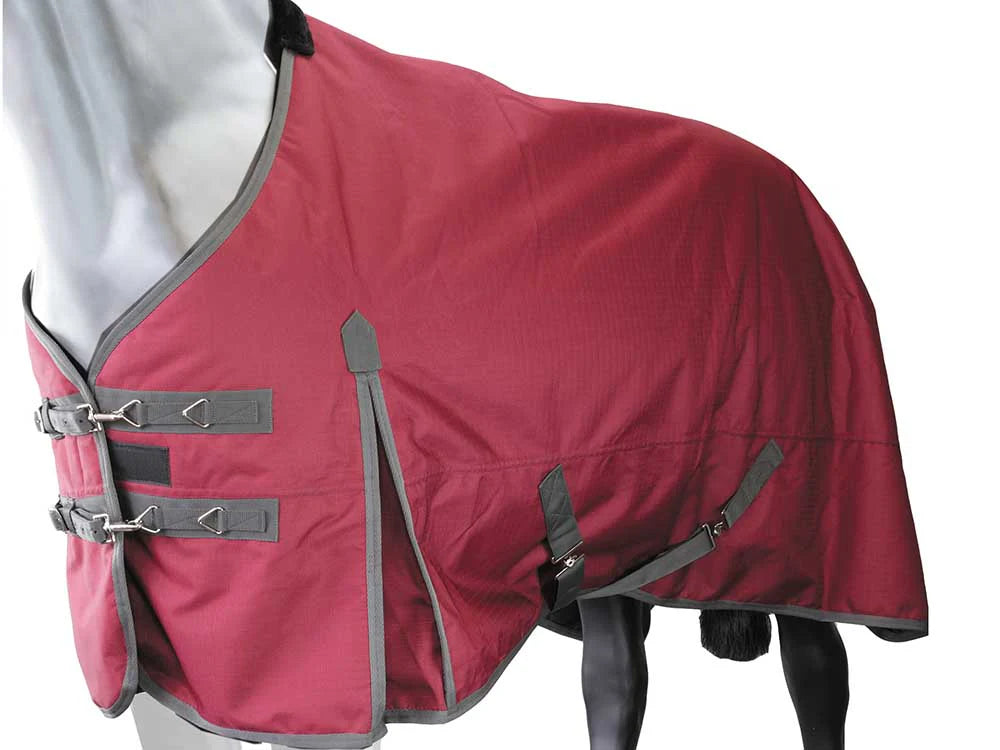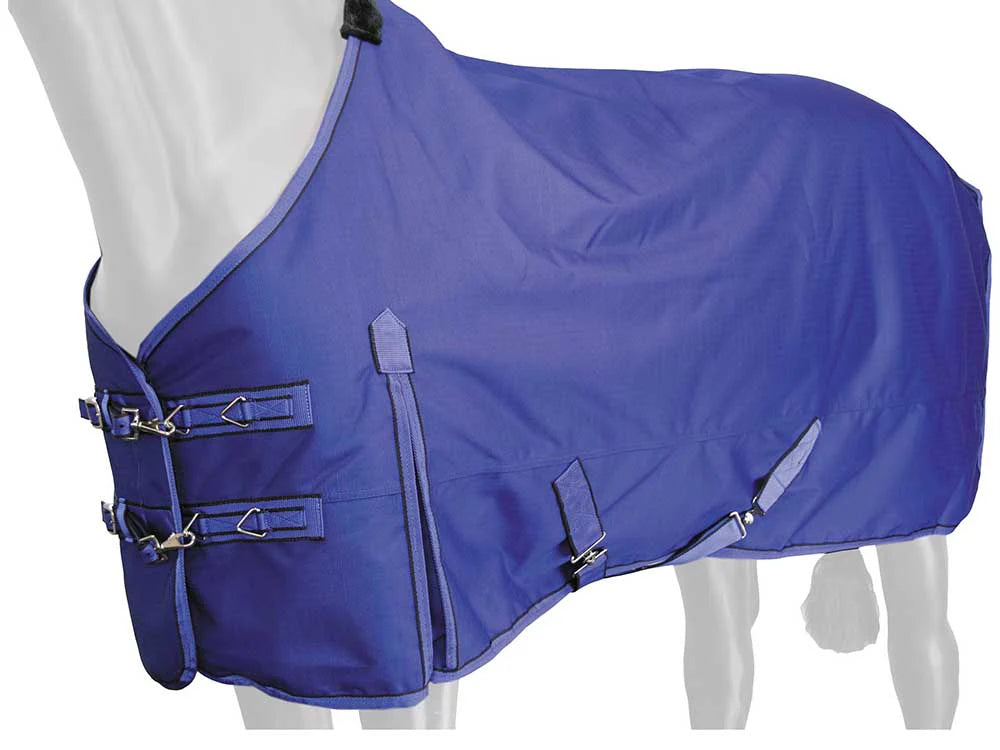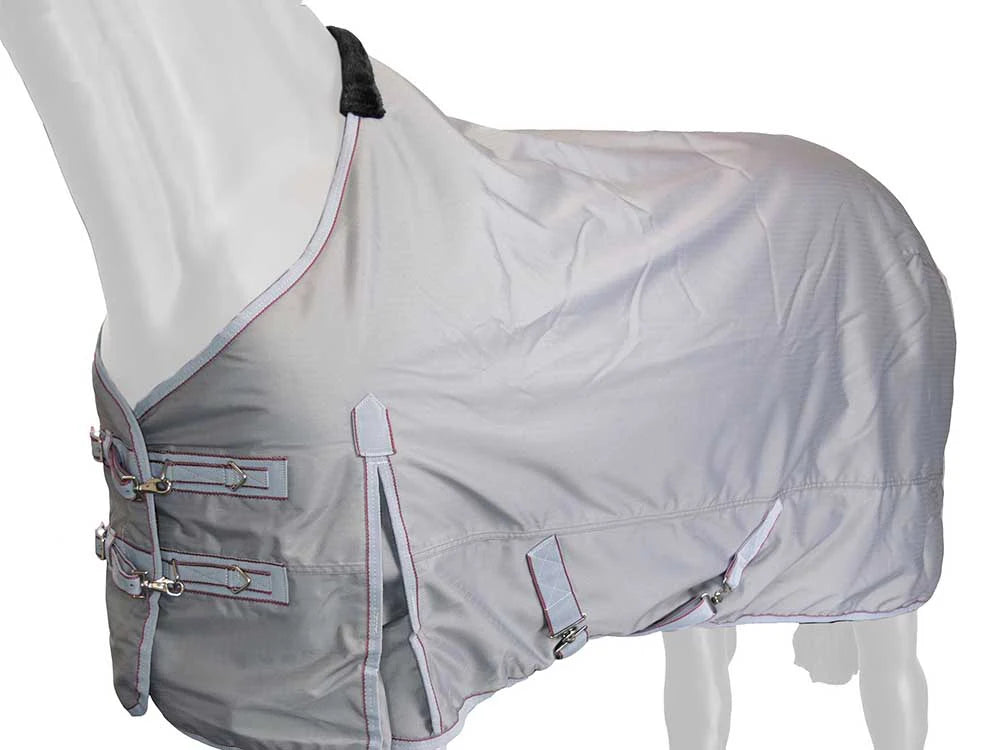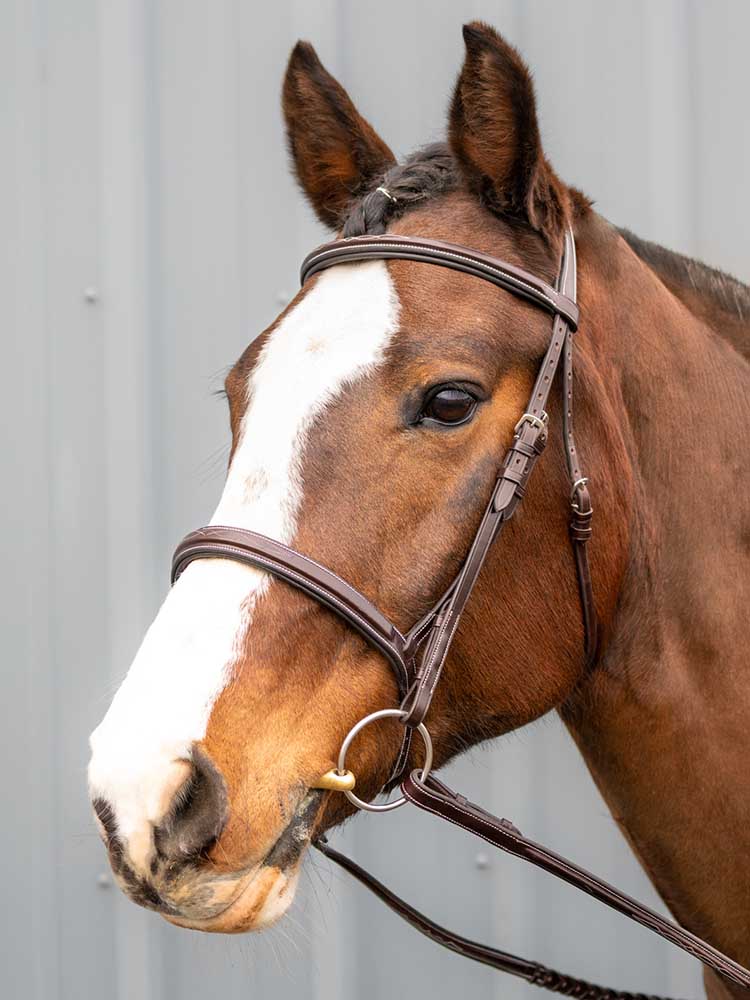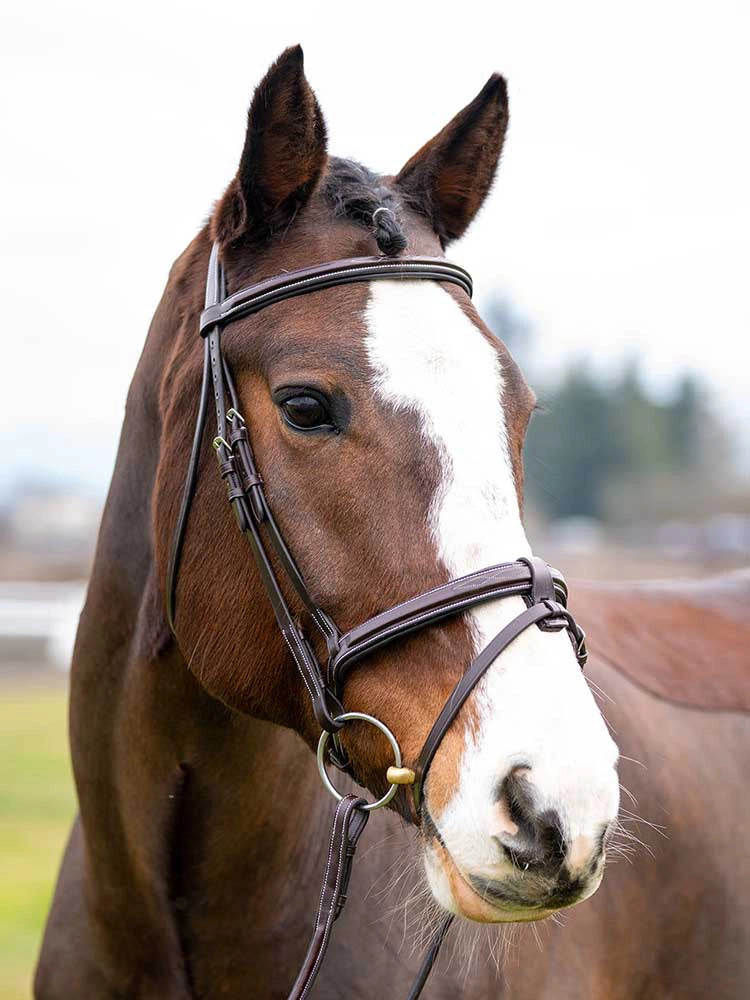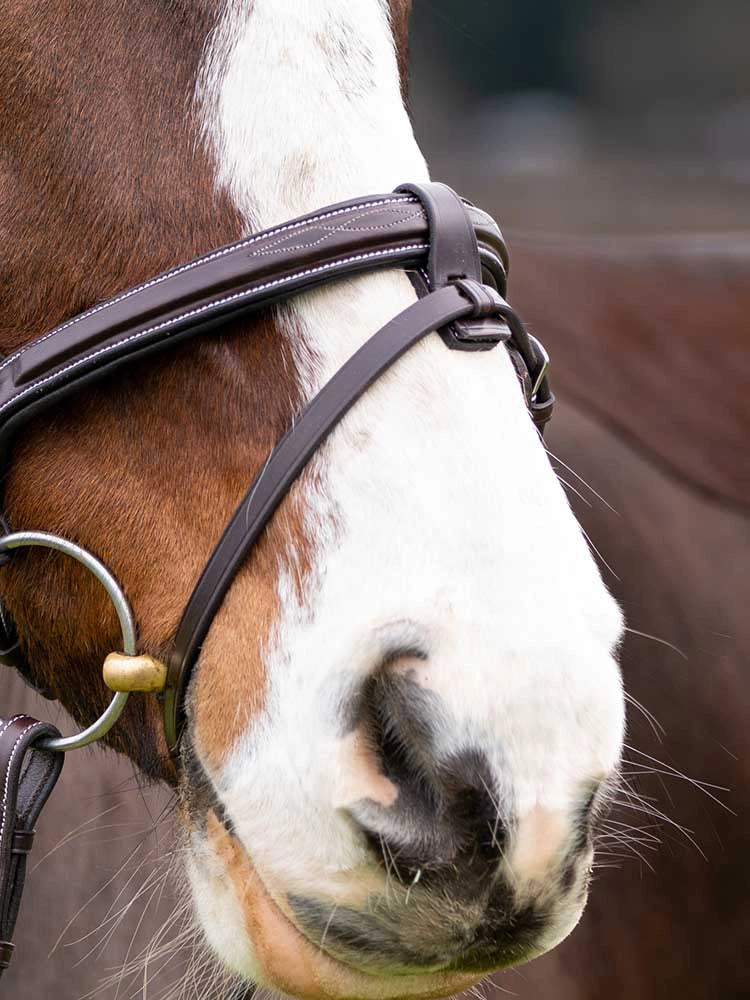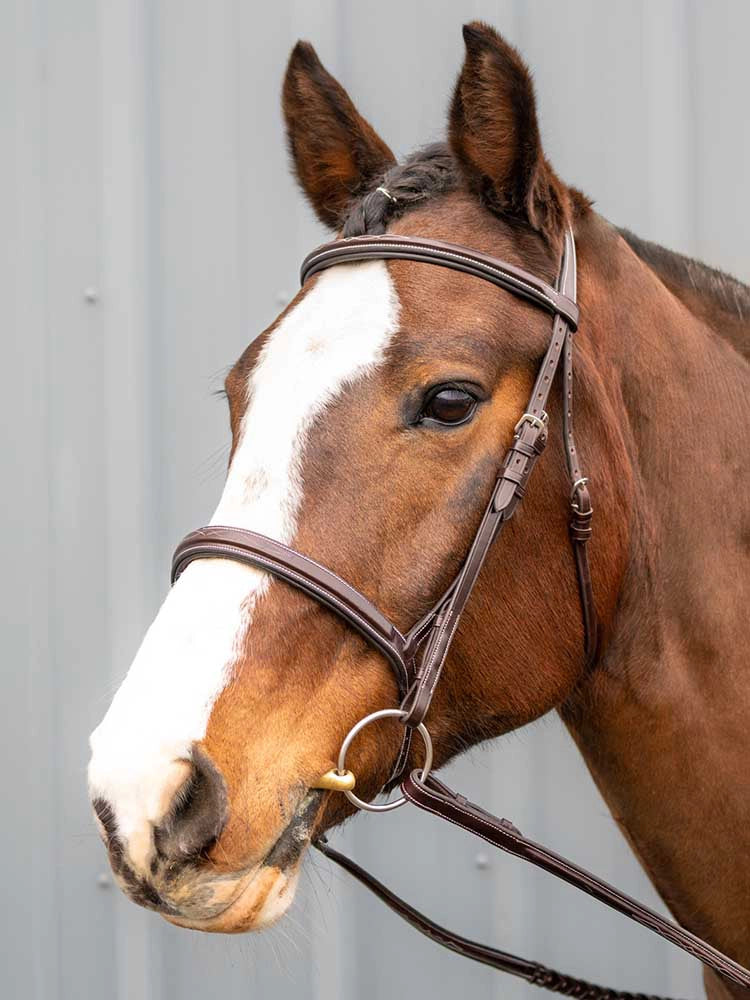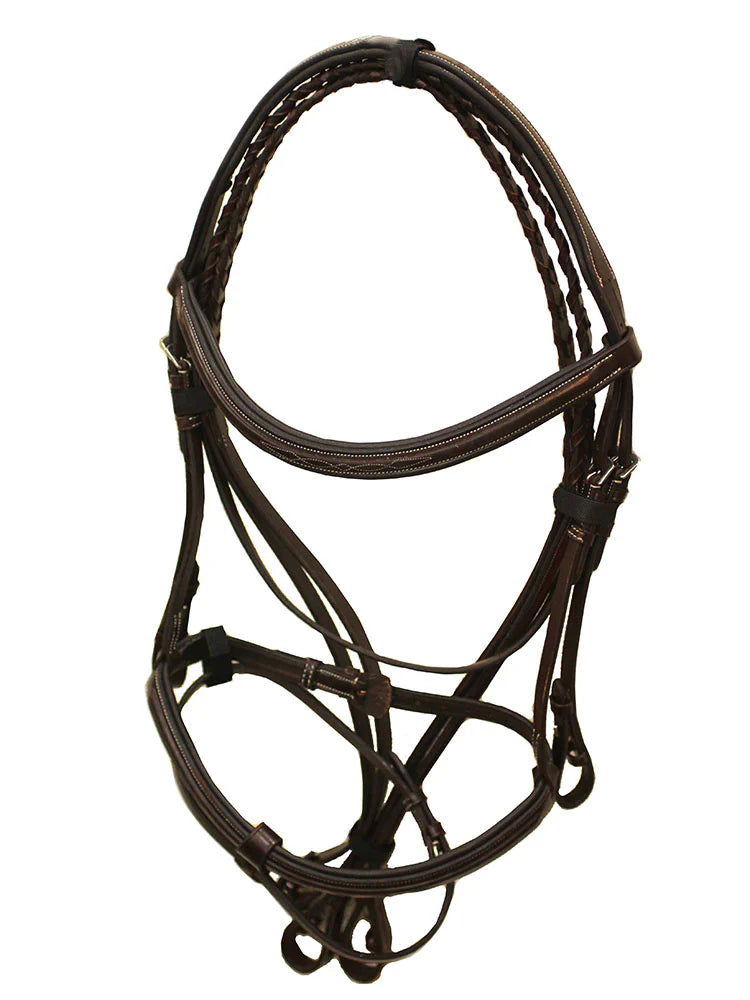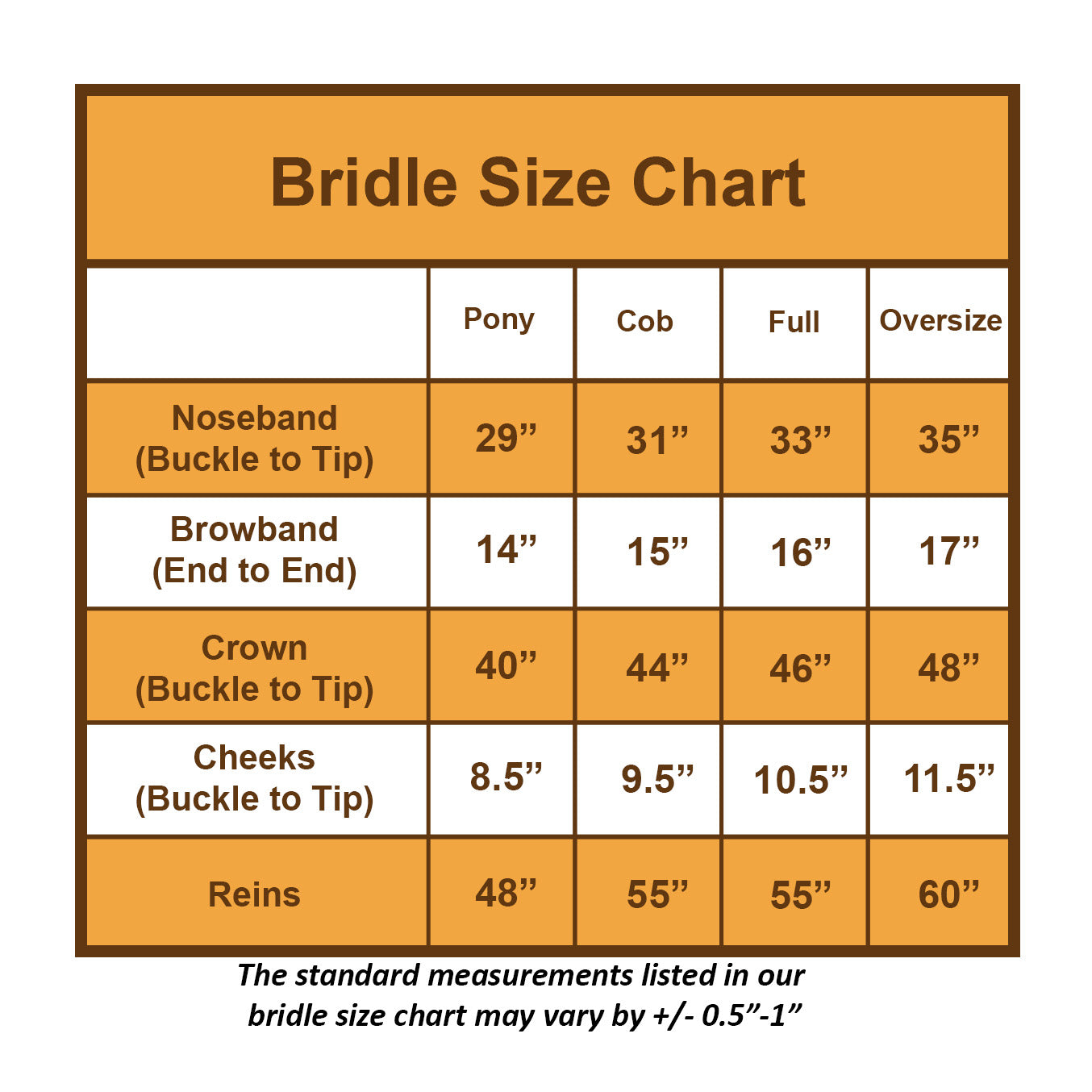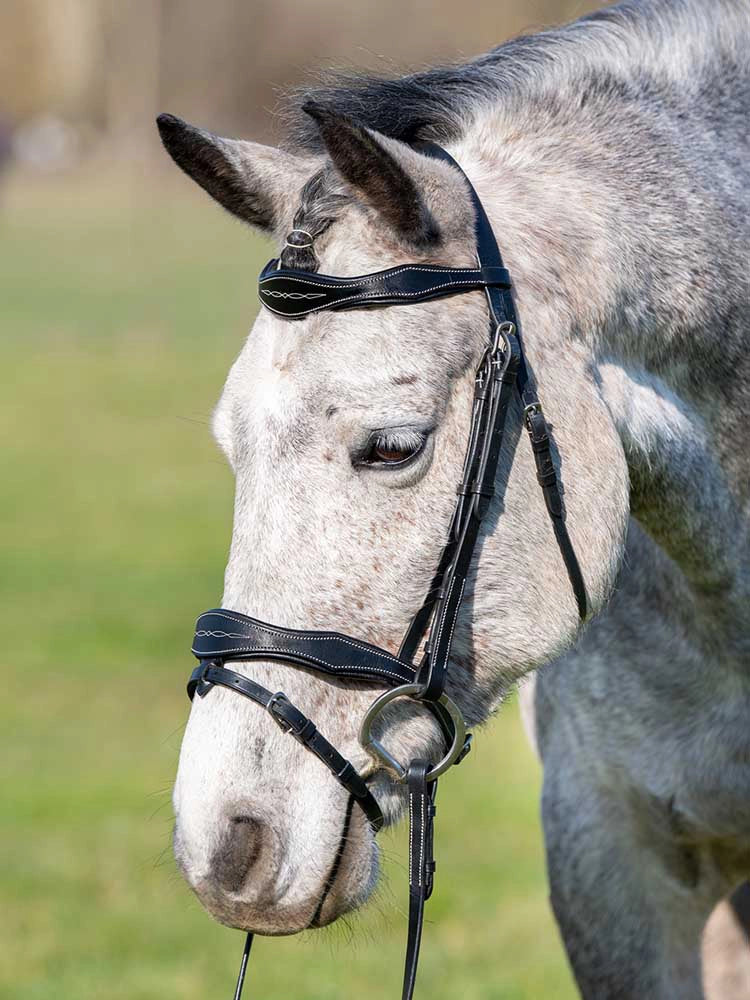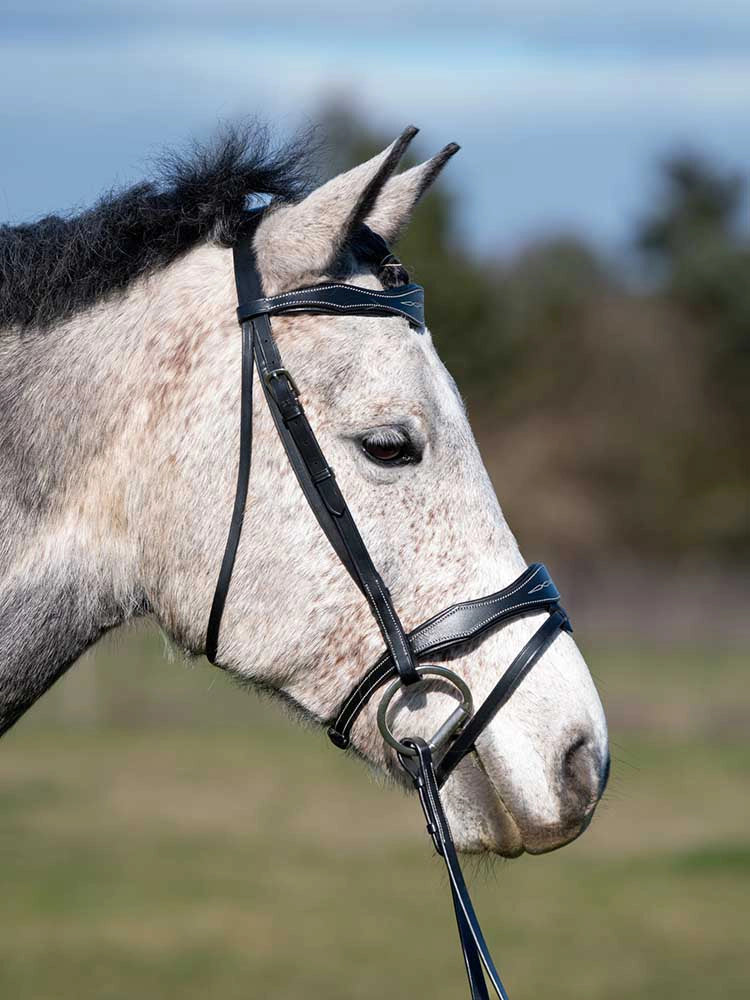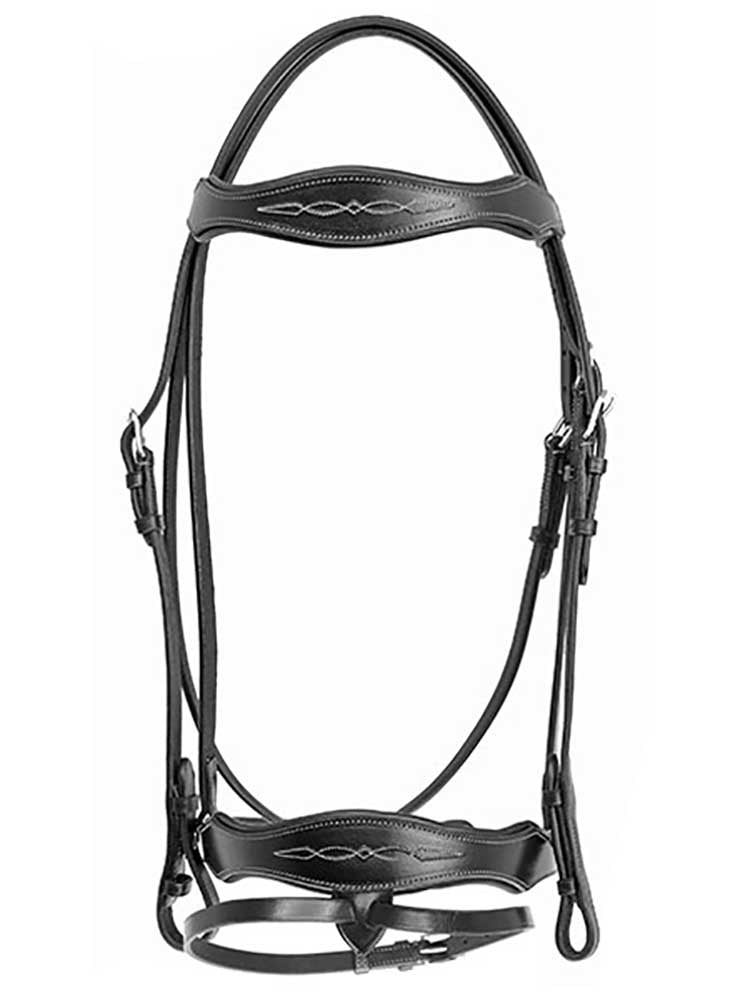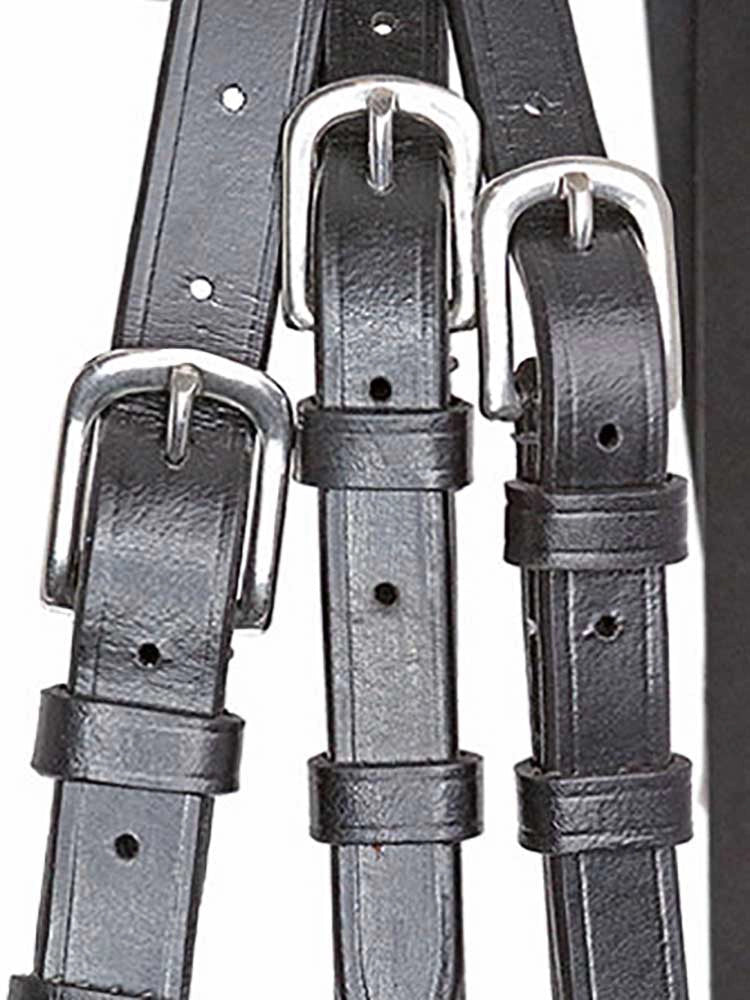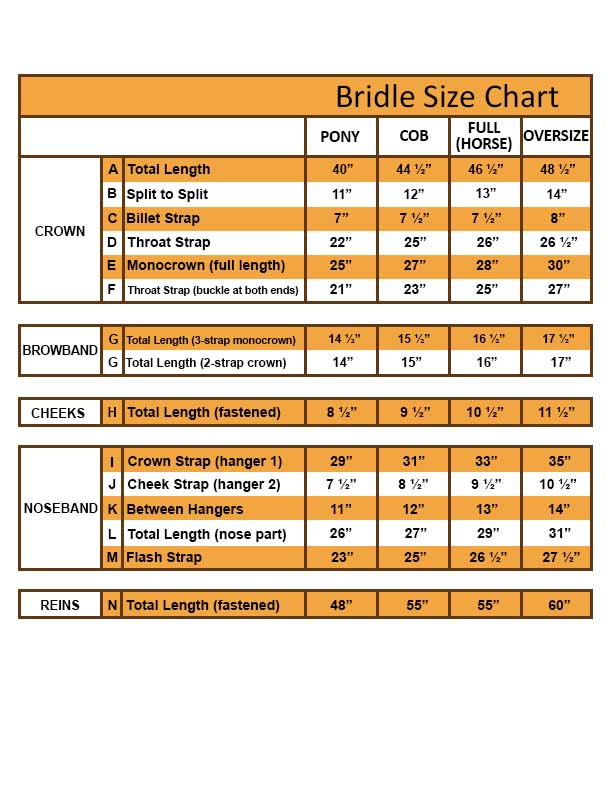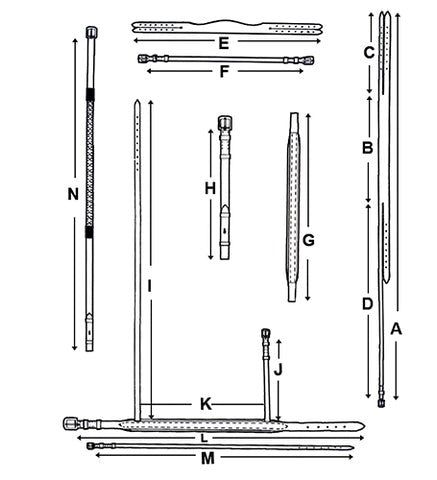A properly fitted girth is one of the most important pieces of tack you’ll choose for your horse. The right size keeps your saddle stable, ensures your horse’s comfort, and prevents common issues like slipping, pinching, or girth galls. In this guide, we’ll walk you through how to measure a girth for a horse step-by-step, along with tips for selecting the right style and material.
Why Girth Measurement Matters
If a girth is too short, you may struggle to secure your saddle properly. Too long, and the buckles could end up under your leg, causing discomfort for both you and your horse. An ill-fitting girth can also rub or pinch sensitive skin, especially behind the elbow where movement is constant.
Getting an accurate measurement the first time saves you money, time, and ensures a better ride for your horse.
Tools You’ll Need
Before you start measuring, gather a few simple tools to make the process accurate, quick, and stress-free for both you and your horse.
-
Flexible measuring tape (cloth/seamstress style)
-
Saddle & saddle pad you normally ride in
-
A helper (optional but useful)
-
Pen & paper (or your phone) to note measurements
Preparing Your Horse
A little preparation goes a long way. Set your horse up correctly helps you get a precise girth measurement the first time. Before measuring:
-
Place your horse on level ground and have them stand square.
-
Ensure they are calm and relaxed to prevent shifting during the process.
-
Put the saddle and pad on just as you would for riding—this ensures a more accurate measurement.
Step-by-Step: How to Measure Girth Size
Follow these simple steps carefully to ensure you get an accurate girth measurement that fits your horse comfortably and keeps your saddle secure.
1. Position the Tape
Have a helper hold the end of the tape at the middle billet hole on one side of the saddle (English) or the rigging ring (Western).
2. Guide the Tape Under the Belly
Pass the tape under your horse’s belly, keeping it a hand’s width behind the elbow. This prevents the girth from interfering with shoulder movement.
3. Measure to the Other Side
Continue the tape to the matching billet hole or rigging point on the opposite side.
4. Record the Measurement
The number you see is the girth size you’ll need.
-
Dressage saddles: You may need to subtract around 20 inches to convert to a short girth.
-
Western saddles: The measurement is typically taken from D-ring to D-ring.
Adjusting for Different Saddle Types
Since different saddles have unique designs, it’s important to adjust your girth measurement accordingly to ensure the best fit and comfort for your horse.
-
English girths: Standard billets work with long girths; dressage billets require shorter girths.
-
Western cinches: Usually sized in even inches.
-
Conversion tip: When switching between saddle styles, don’t rely on old measurements, always re-measure.
Fit Checks After Purchase
After purchasing, double-check the fit to ensure your girth provides comfort and security without causing pinching or uneven pressure on your horse. A well-fitted girth should:
-
Allow 2–3 fingers between the girth and saddle pad when tightened.
-
Have buckles positioned away from the horse’s elbow.
-
Apply even pressure without wrinkles or gaps.
Extra Considerations
Keep in mind that factors like billet length, material stretch, and your horse’s changing body shape throughout the seasons can all impact how well your girth fits over time.
-
Billet length: Some saddles have longer billets that require shorter girths.
-
Material stretch: Leather can stretch over time; synthetics tend to hold size.
-
Horse’s shape changes: Seasonal weight and muscle changes can affect fit.
Troubleshooting Common Girth Problems
Even with the right measurements, sometimes girth issues arise. Here are some common problems and simple solutions to keep both you and your horse comfortable.
-
Saddle slipping forward: Try an anatomical or contoured girth, like the Anatomic Contoured Girth, designed to allow more shoulder freedom.
-
Horse discomfort: Choose softer materials or padded styles, such as the Australian Leather Dressage Girth for sensitive horses.
-
Multiple horses: Consider an adjustable option like the Adjustable Girth for flexibility.
Tips for Sensitive Horses
If your horse is prone to girthiness:
-
Use a fleece-lined girth cover for extra cushioning.
-
Tighten the girth gradually in stages.
-
Opt for anatomical designs that follow the horse’s natural shape.
Find Girths at Grewal Equestrian
Measuring your horse’s girth correctly is a small step that makes a big difference in their comfort and performance. Always re-measure when you change saddles, when your horse’s condition changes, or if you notice signs of discomfort.
For top-quality girths that combine comfort, durability, and style, explore Grewal Equestrian’s collection.
Your horse deserves a perfect fit in both measurement and in quality.








